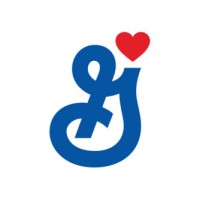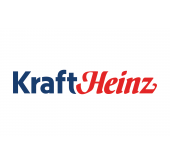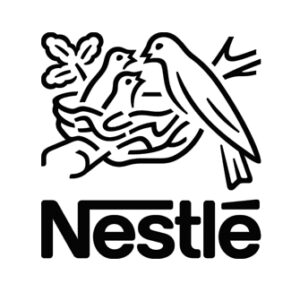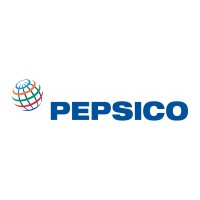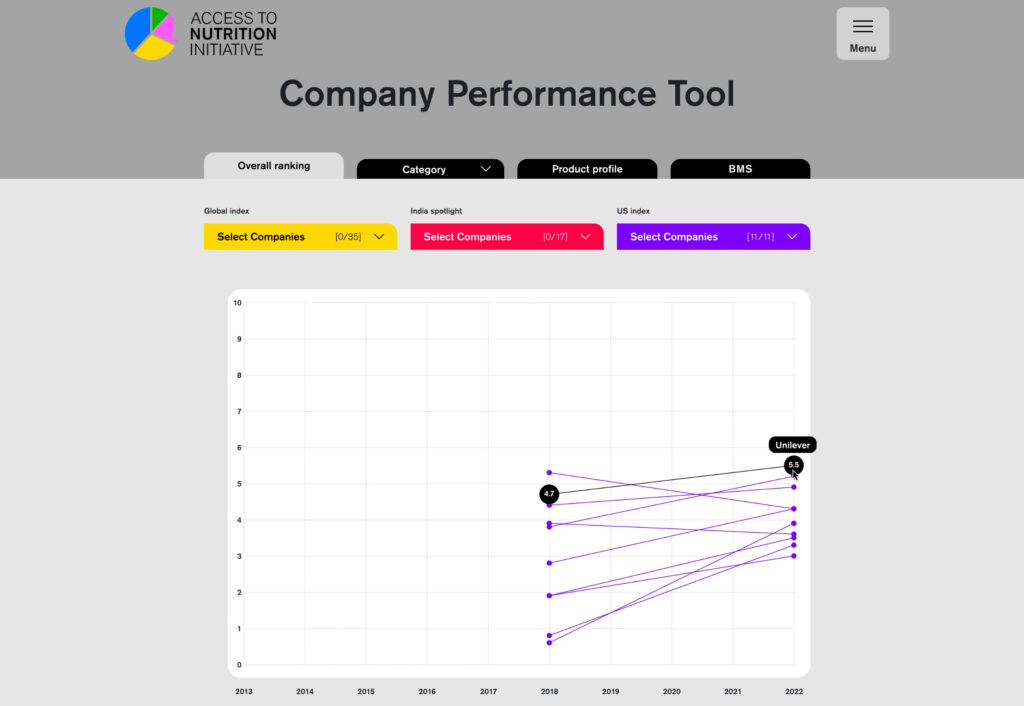The US Index is a benchmark comparing the commitments and performance of the eleven largest food manufacturers active in the US to deliver healthy, affordable food and beverages enabling consumers to reach healthier diets and to prevent hunger.
All companies assessed have now placed a greater focus on nutrition in their corporate strategies, and ten manufacturers in some way define what they consider “healthy”. Companies are making explicit commitments to reduce diet related diseases. However, companies must now turn these commitments and policies into action. Despite the introduction of healthier varieties in some product categories by some companies, the combined product portfolios of all eleven companies – representing a sales value of around $170 billion in 2021 and accounting for approximately 30 percent of all US food and beverage sales – have not become healthier.
The opportunity and urgent need is for all companies to produce and market more healthy products and spend less money marketing unhealthy products.
The food and beverage industry has an important and prominent role to play in addressing key nutrition challenges in the US food system, including food and nutrition insecurity, hunger, high rates of obesity and diet-related chronic diseases, and related nutrition and health inequities. The US Index is intended to be used by companies and by other actors in nutrition and health – including policymakers, investors, and international and non-governmental organizations – to help the food and beverage industry deliver on commitments to address these nutrition challenges. The Index can act as a catalyst to bring about further change in the country’s food and beverage sector. It can help inform and further the US Government’s agenda for hunger, nutrition and health with metrics, data, and recommendations to drive private sector contributions on food access and affordability and the healthiness of packaged food and beverages on the US market.
Read the Executive Summary or Report In Brief for this Index.



